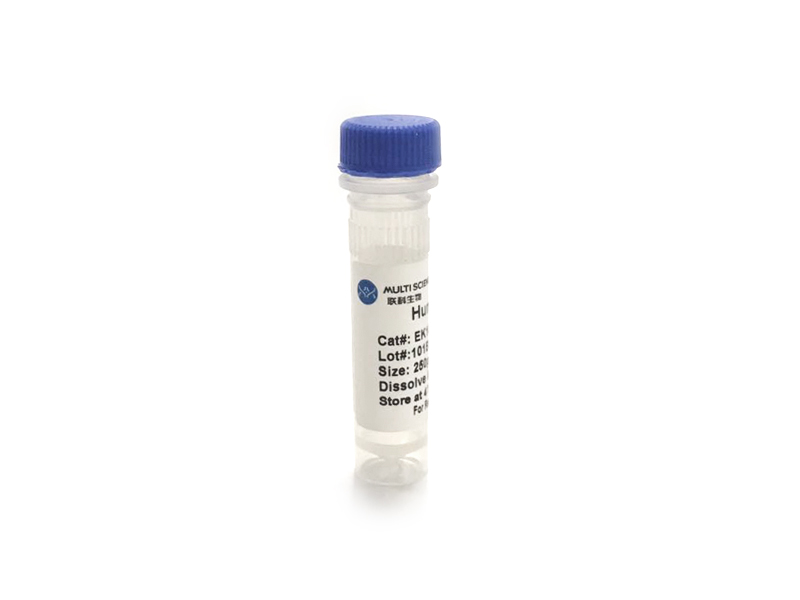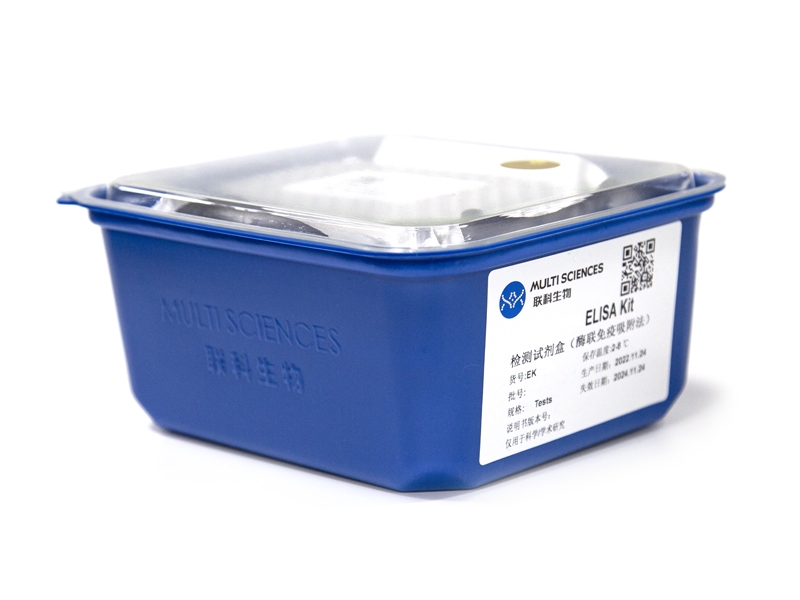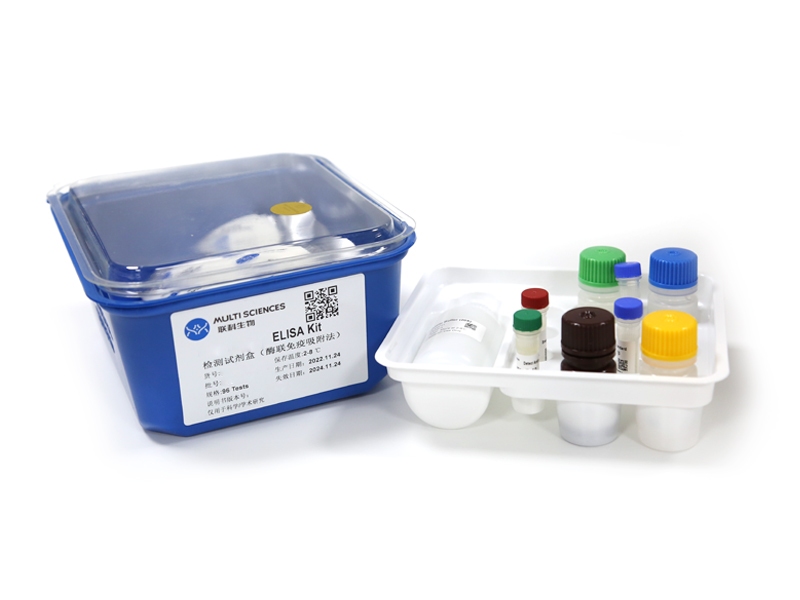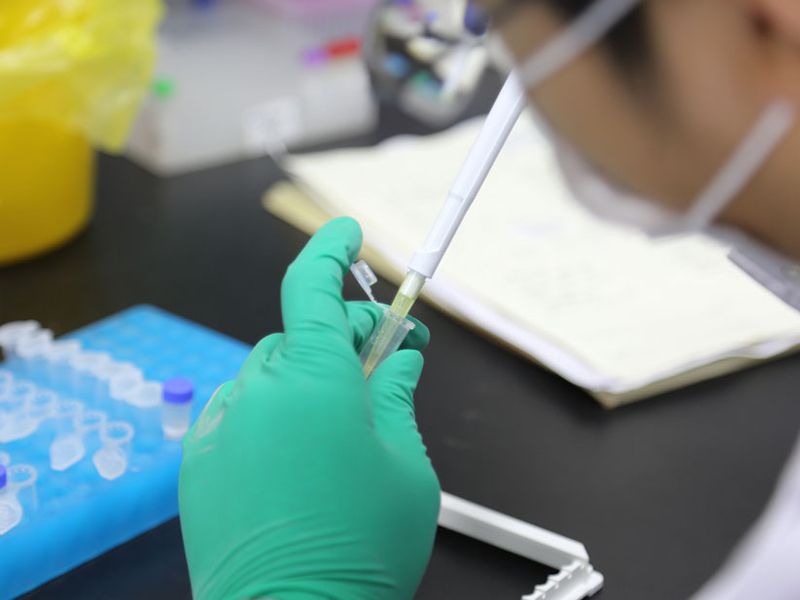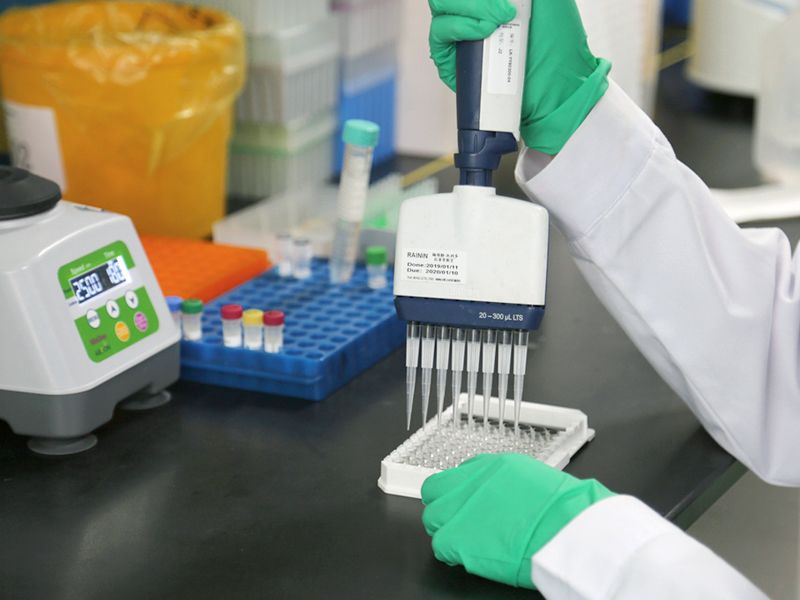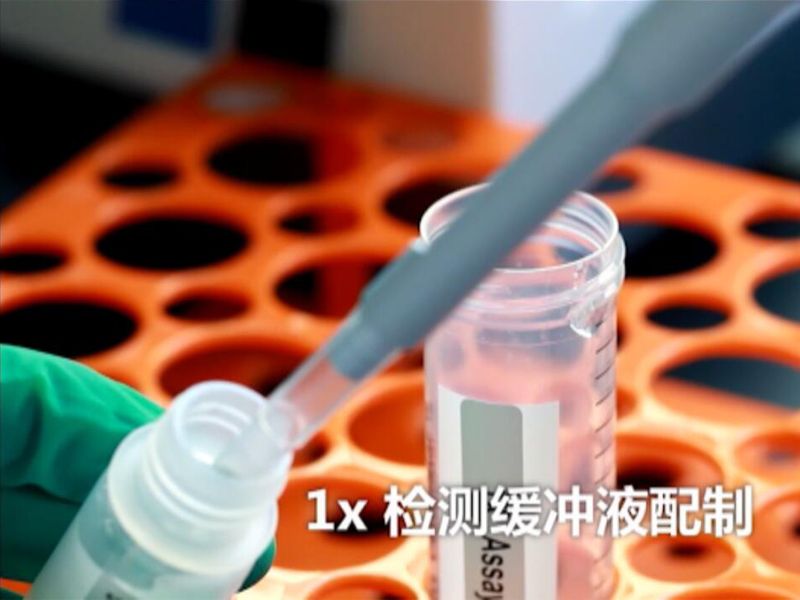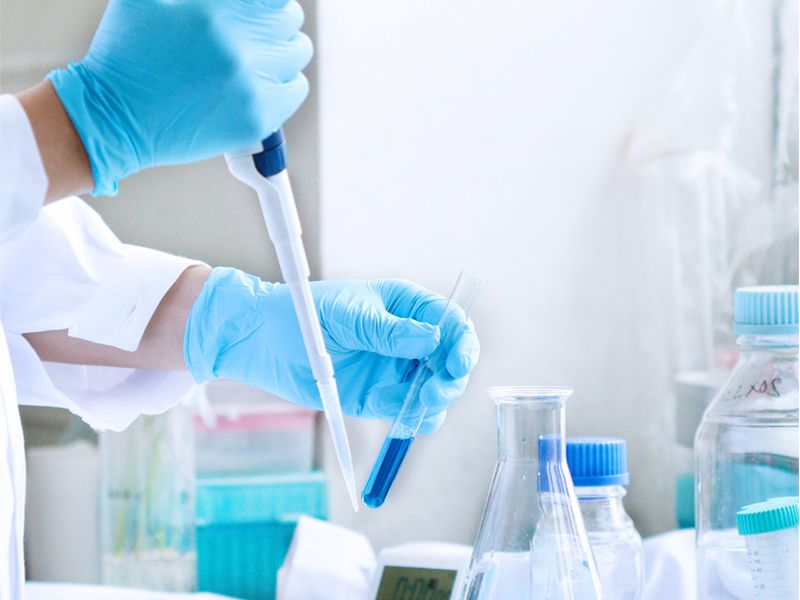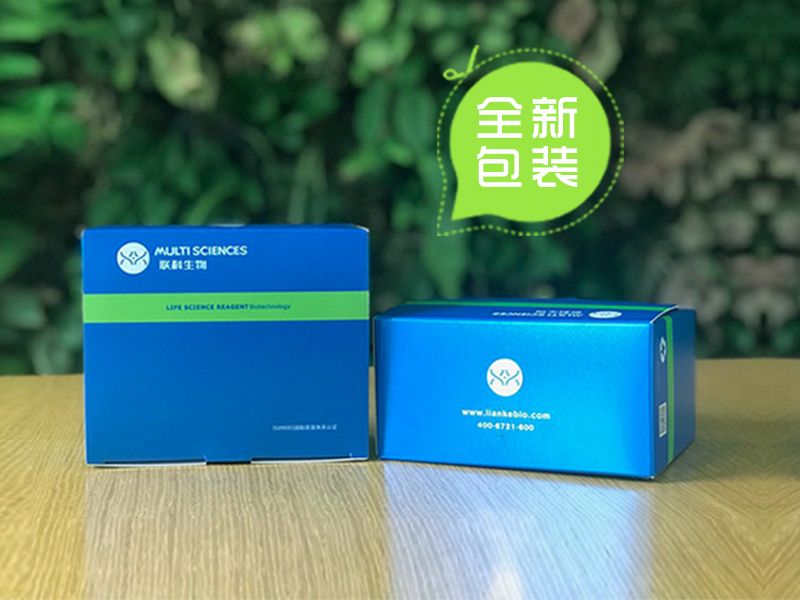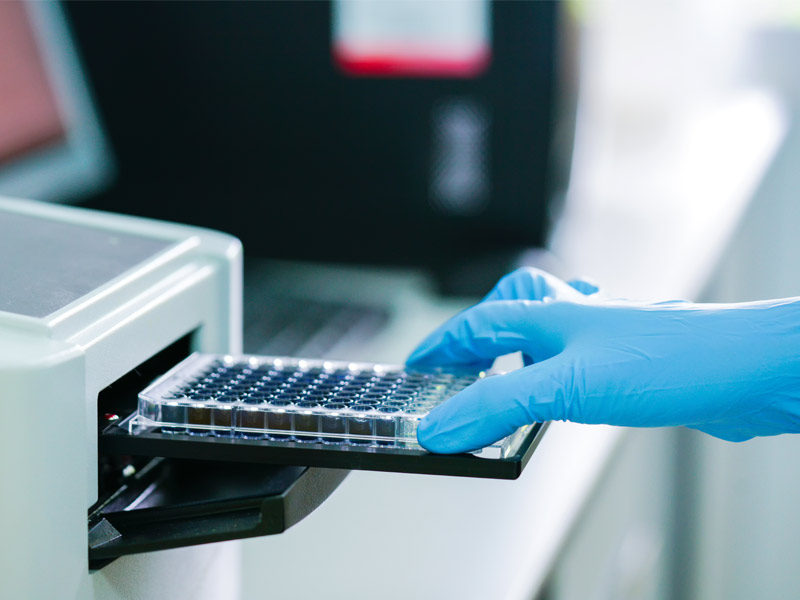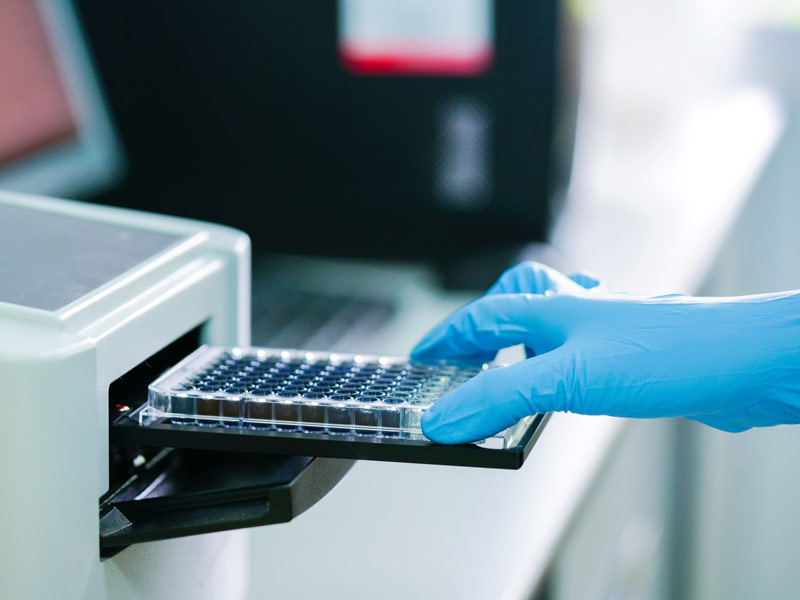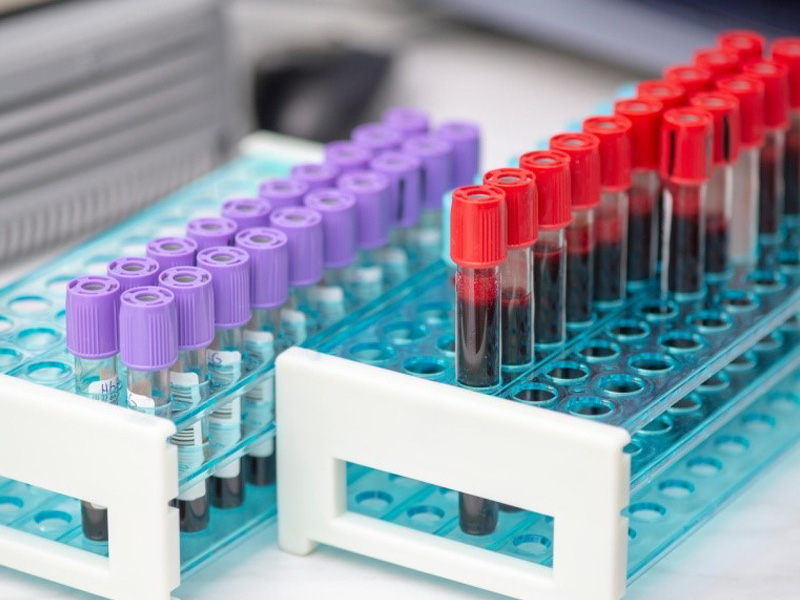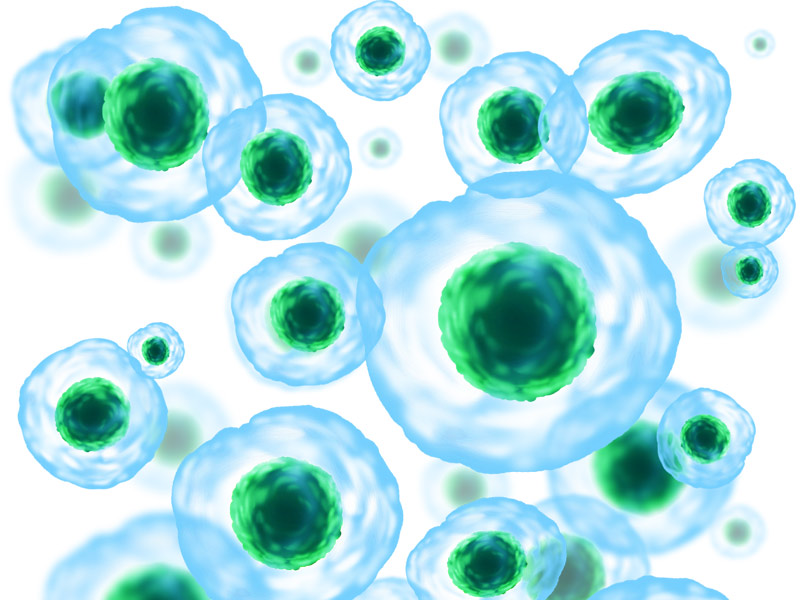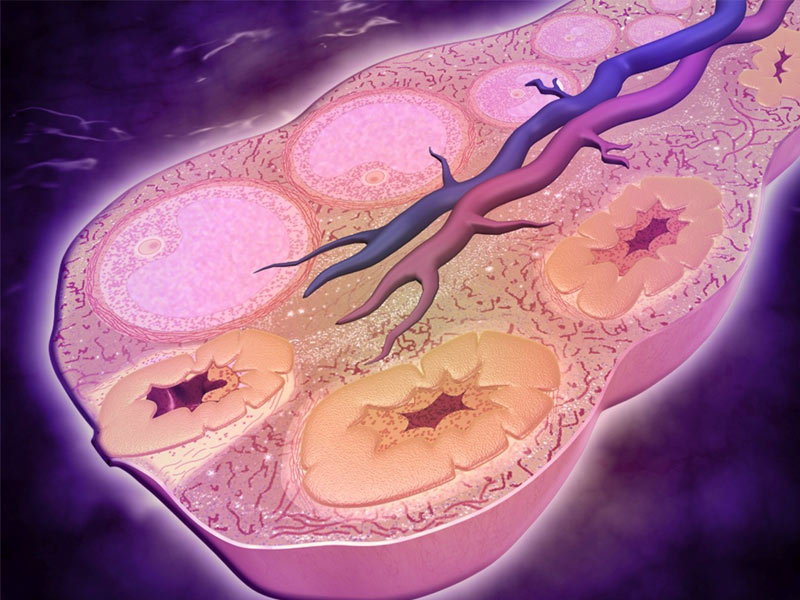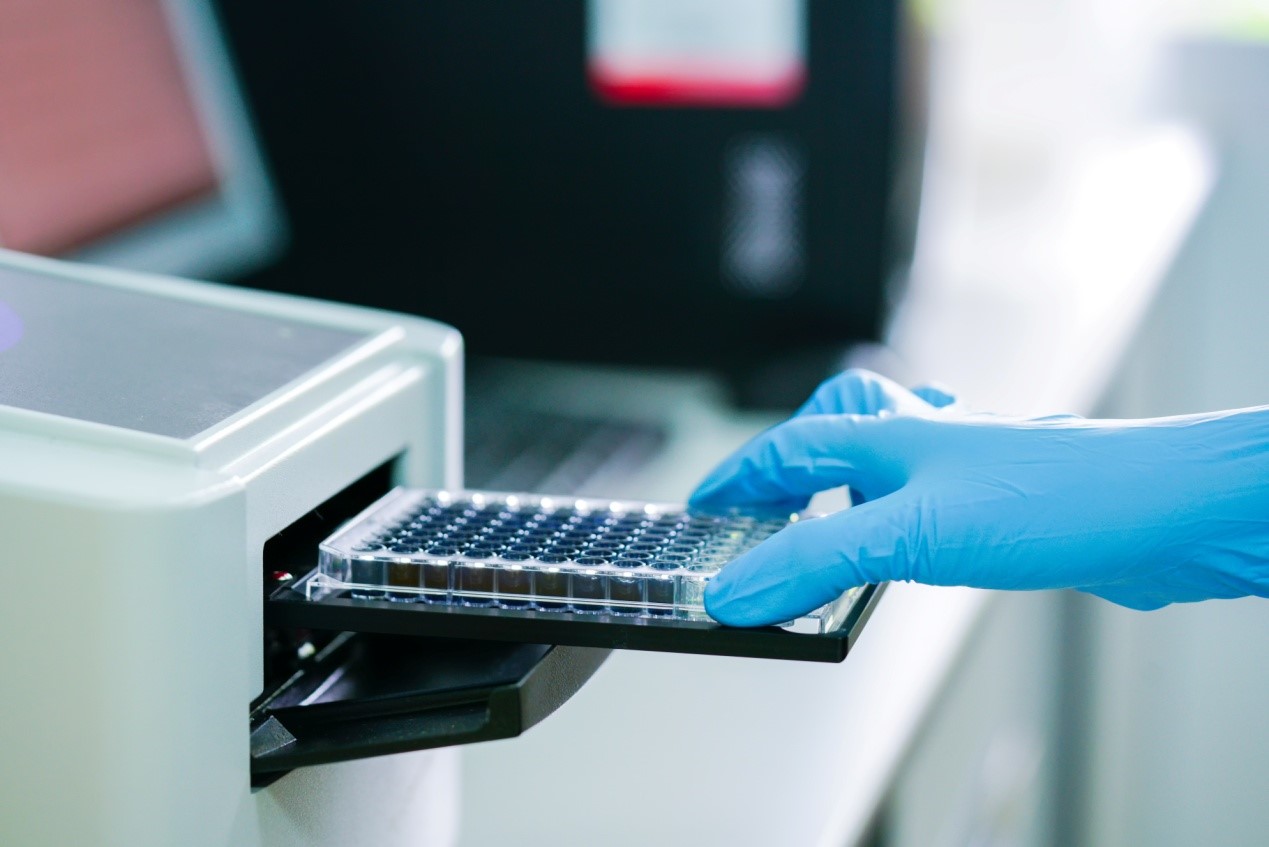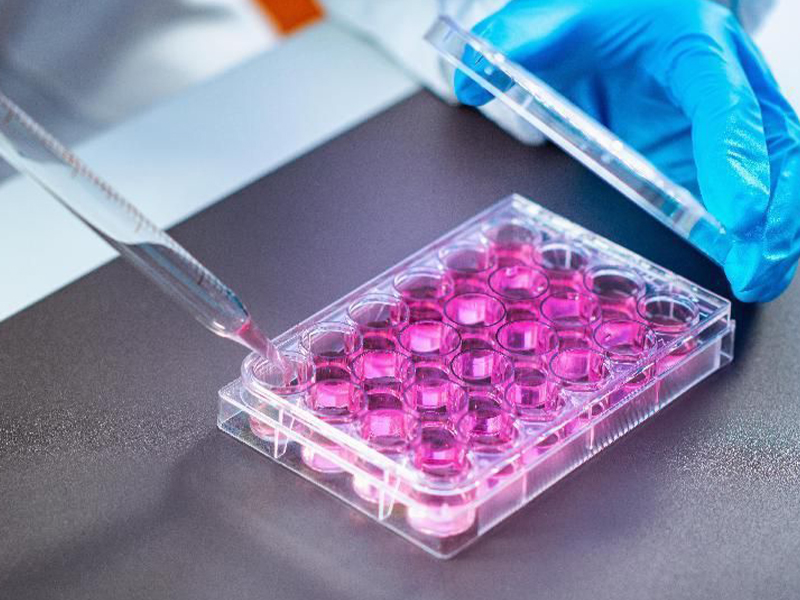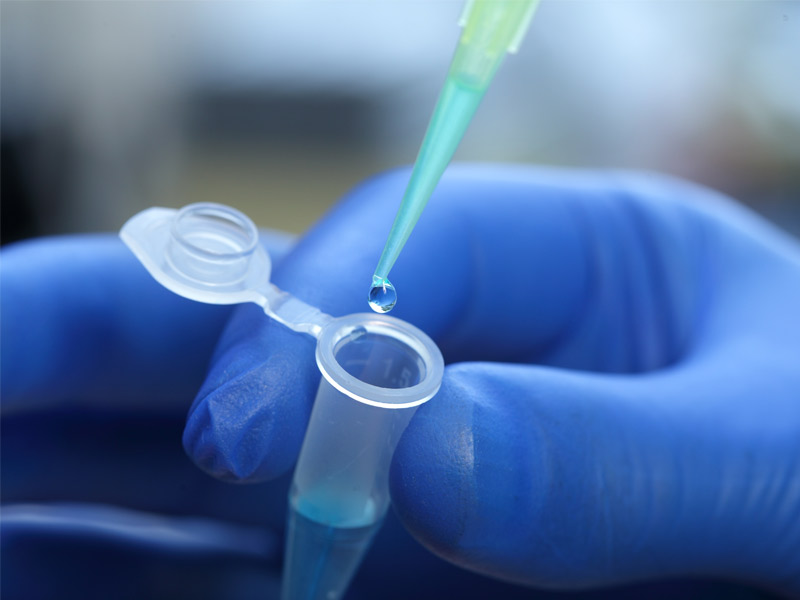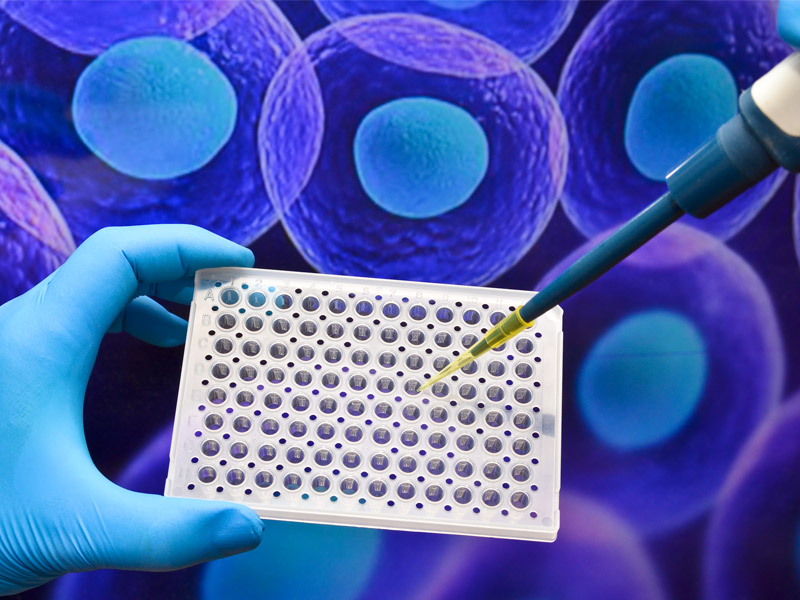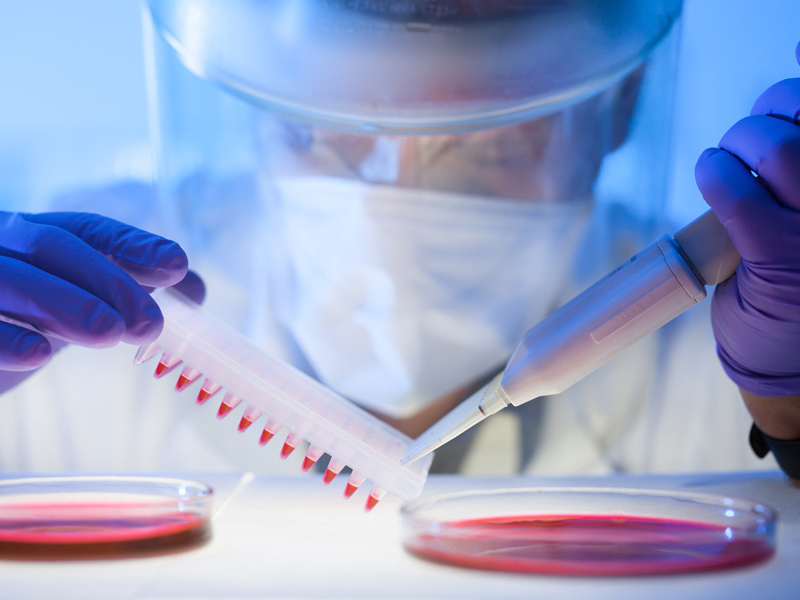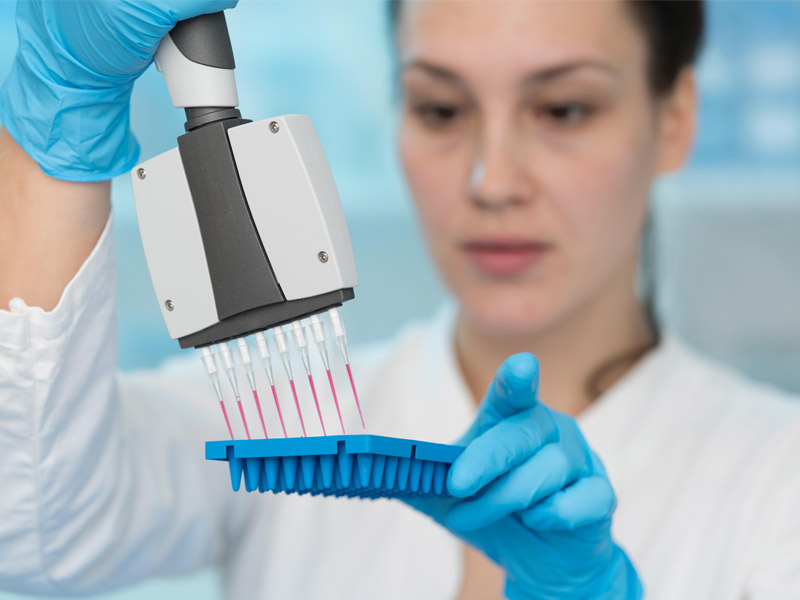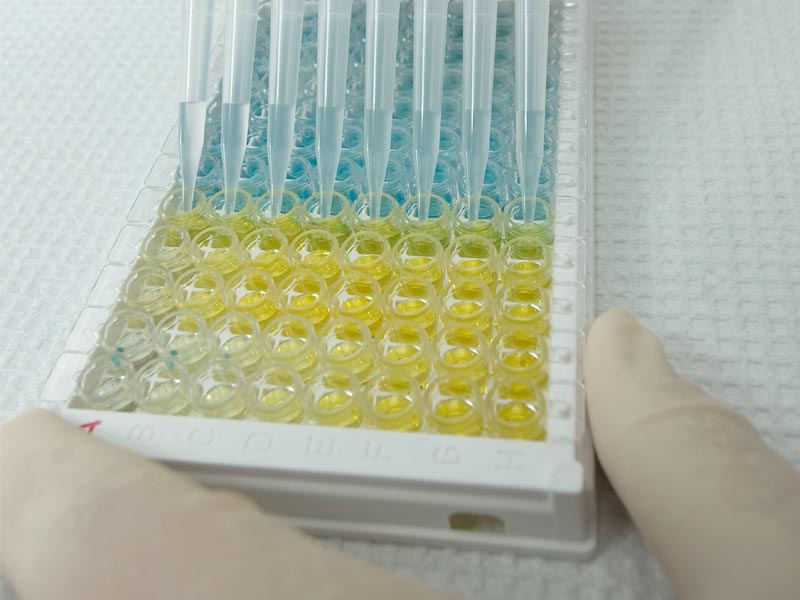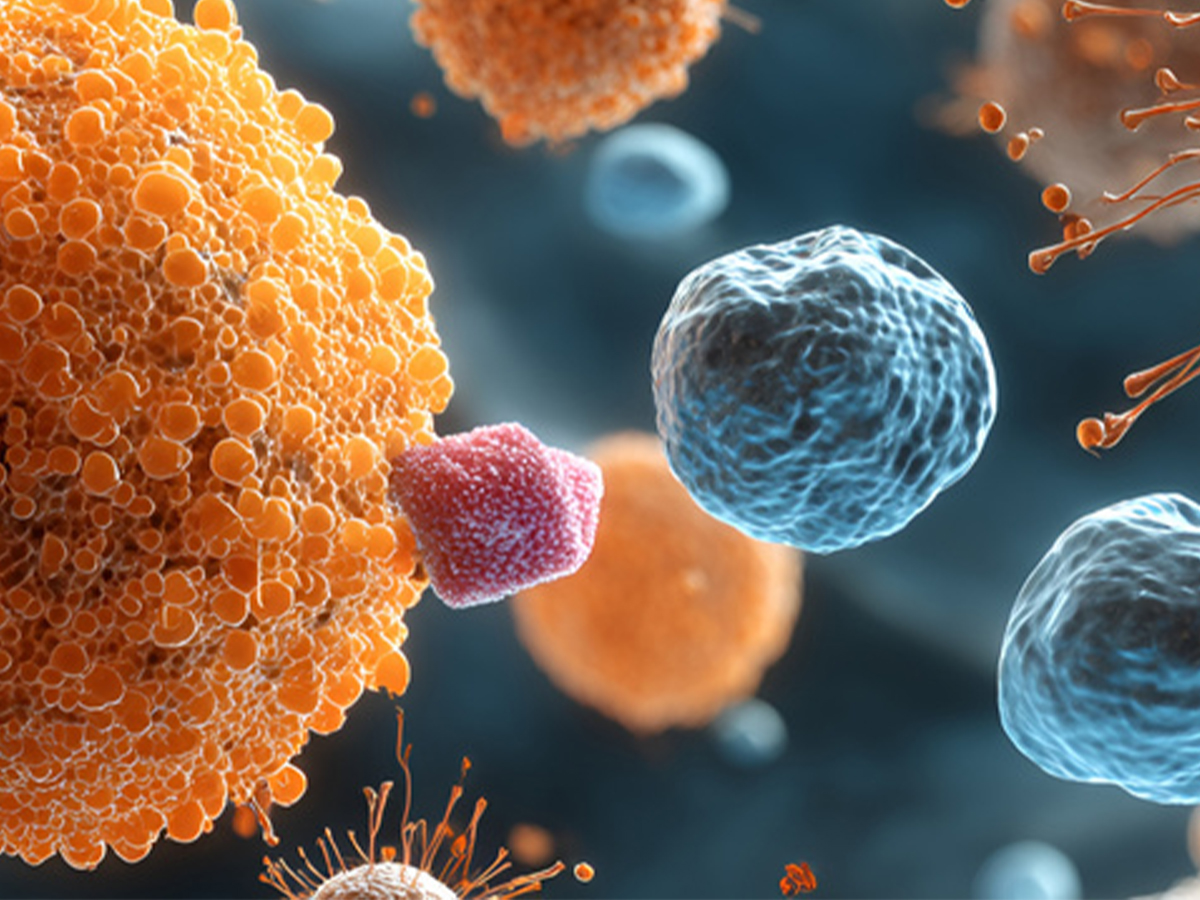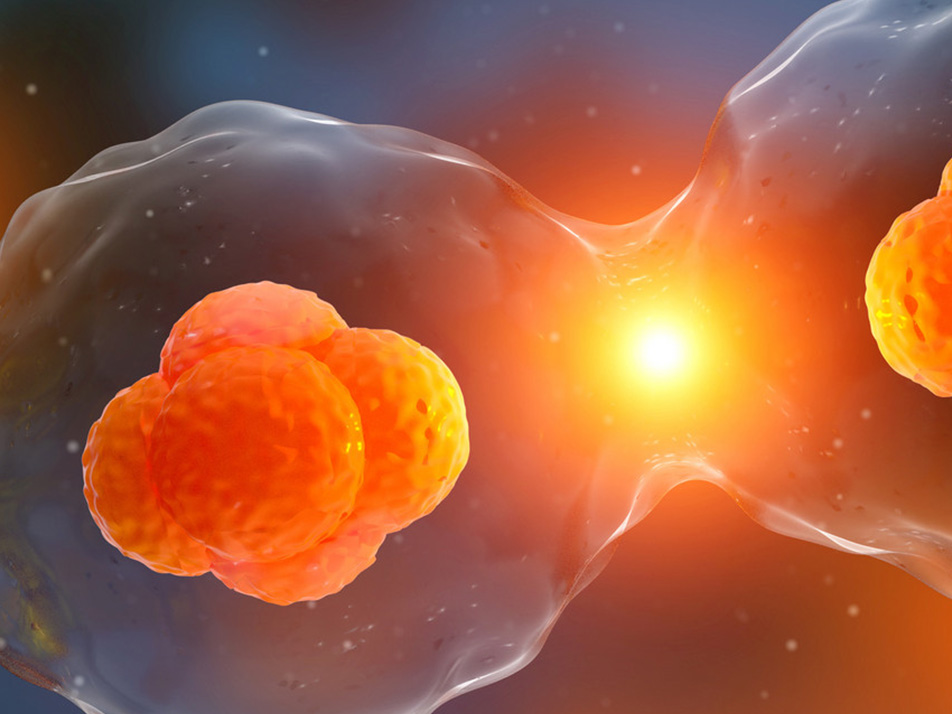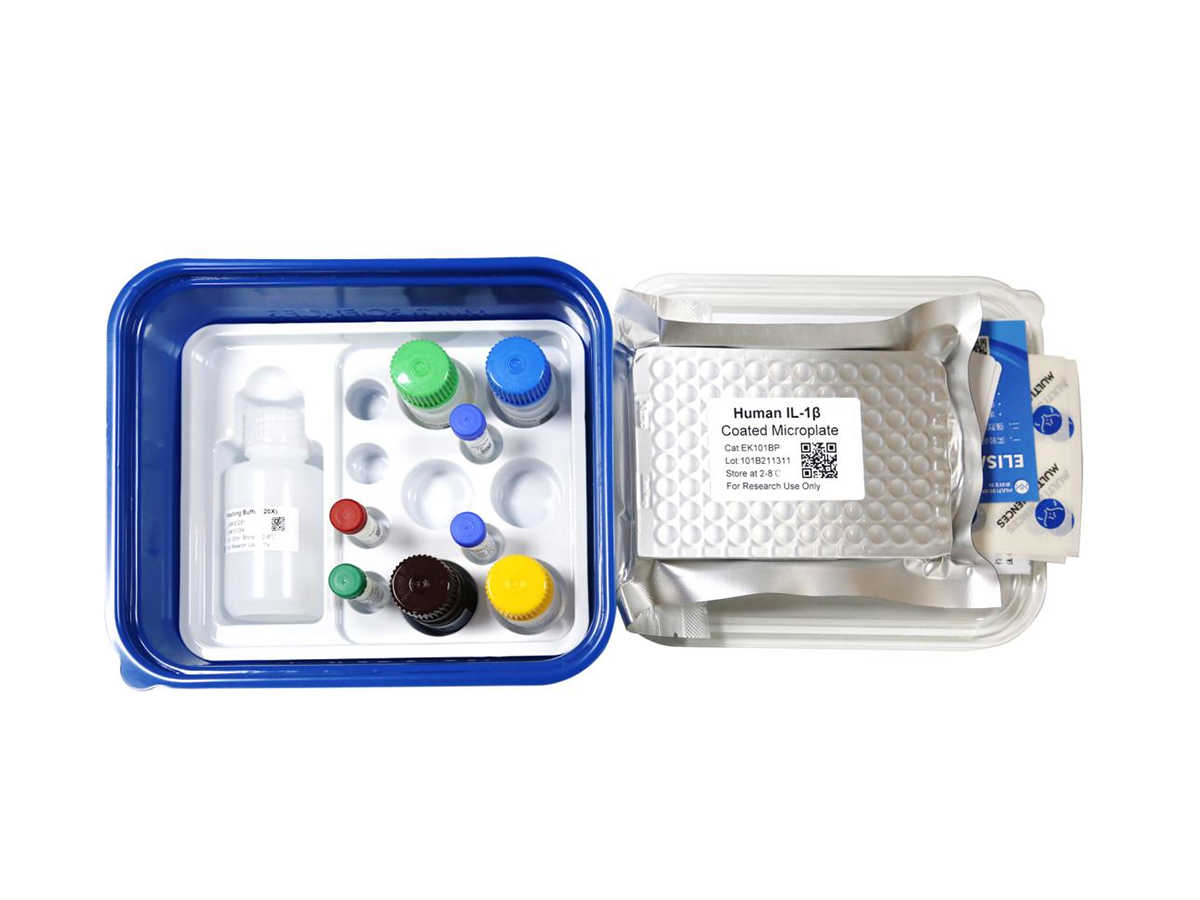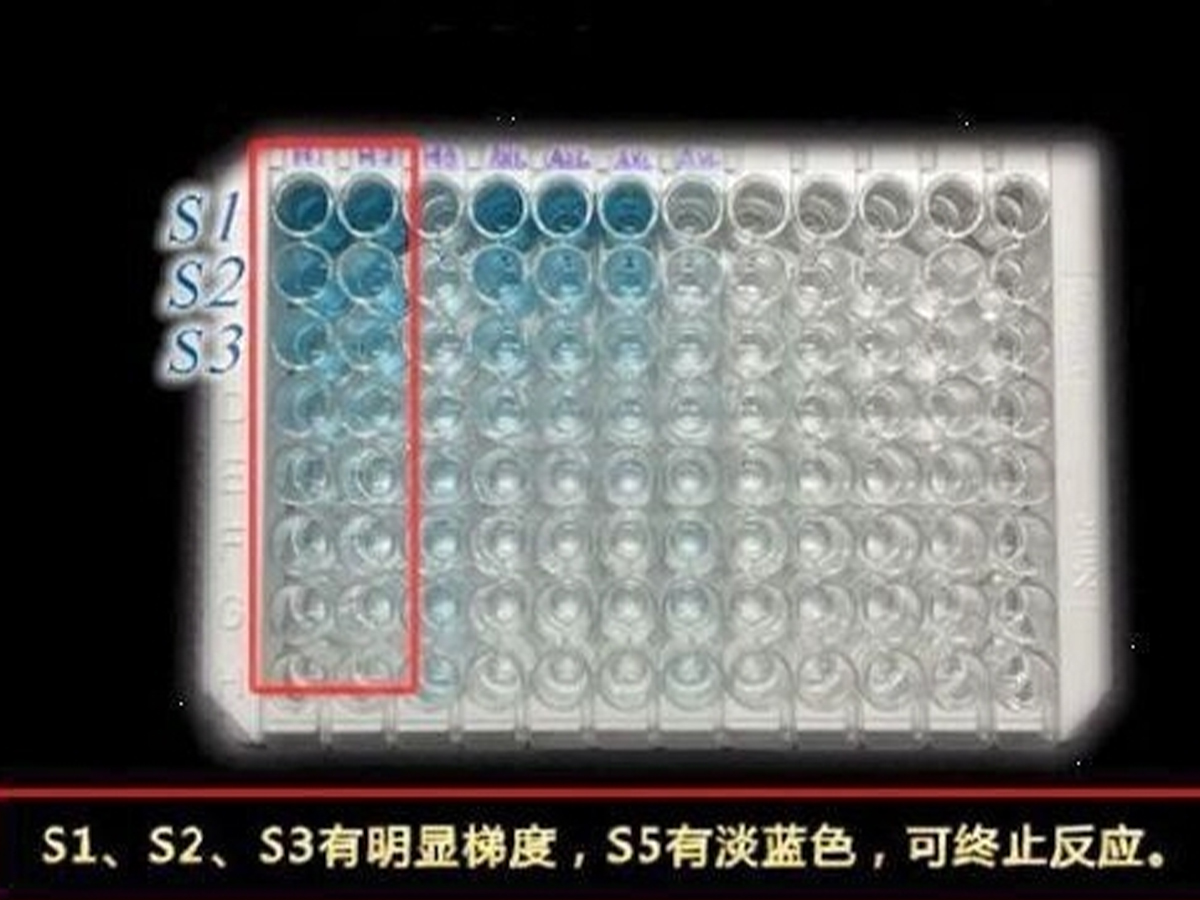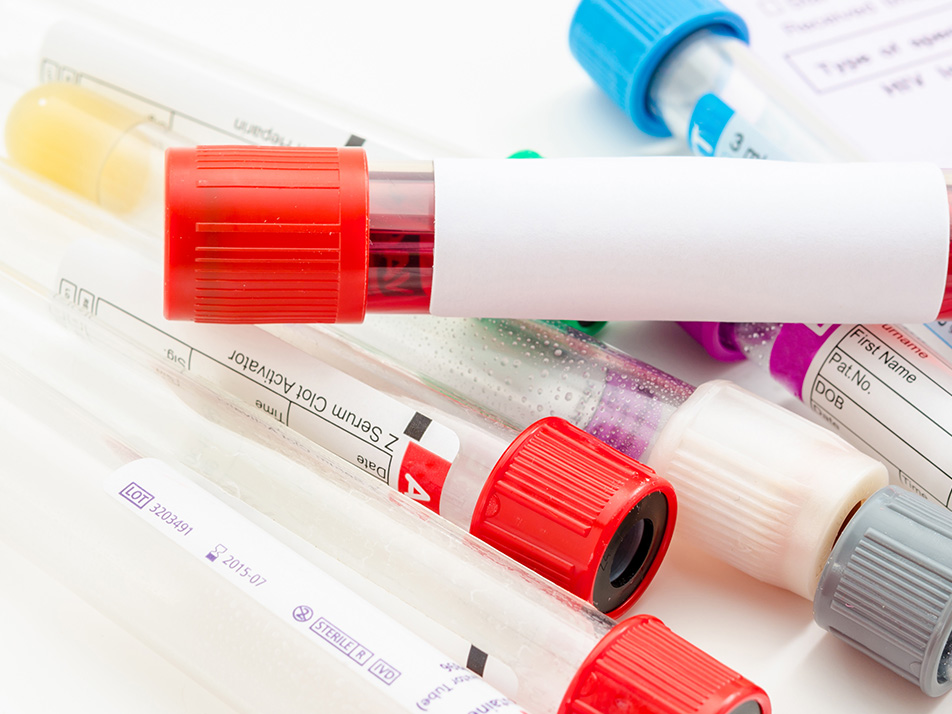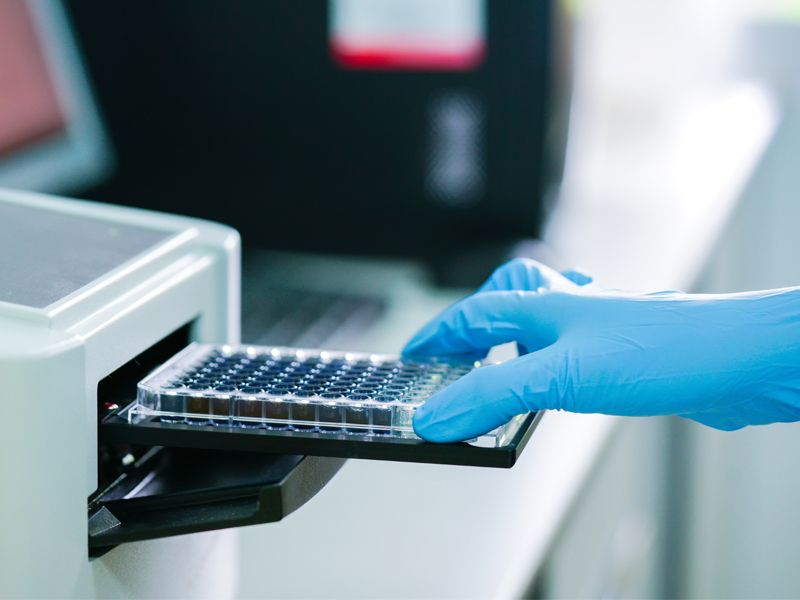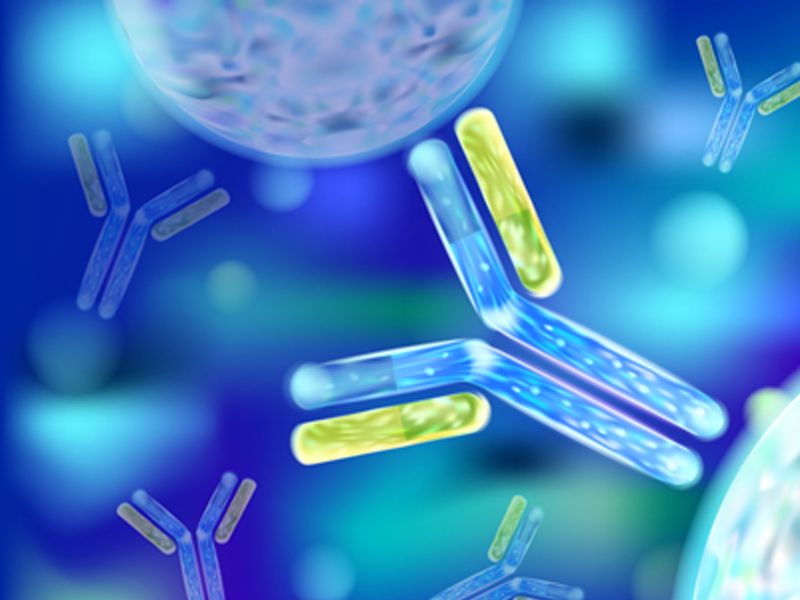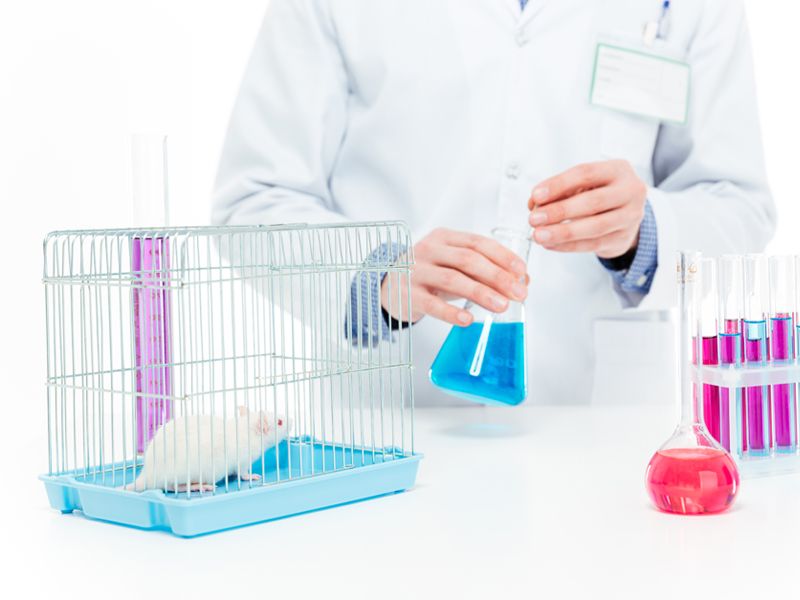Human TRAIL/TNFSF10 Standard (人肿瘤坏死因子相关的凋亡诱导配体 (TRAIL) 标准品)
¥280.00
- 分子靶点:TNFSF10, TRAIL, TL2, CD253
- 种属:人 (Human)
- 试剂盒:EK1161
- 保存:短期4℃保存,长期-20℃保存
- 运输条件:4℃蓝冰运输
在售SKU:70-EK1161S
文章目录[隐藏]
本产品只包含标准品试剂,如需购买试剂盒请点击下图
-
- EK1161
- ELISA试剂盒
Human TRAIL/TNFSF10 ELISA Kit检测试剂盒(酶联免疫吸附法)
- ¥1,600.00 – ¥2,650.00
| 商品名 |
Human TRAIL/TNFSF10 Standard (人肿瘤坏死因子相关的凋亡诱导配体 (TRAIL) 标准品) |
|---|---|
| 组分 |
人TRAIL/TNFSF10 标准品 |
| 板式 |
管 |
| 保存 |
短期4℃,长期-20℃保存 |
| 运输条件 |
4℃蓝冰运输 |
分子信息
TNFSF10 分子靶点信息概述
- 分子名:TNFSF10, TNF superfamily member 10
- 基因家族:CD molecules; Tumor necrosis factor superfamily
- 别名:TRAIL; Apo-2L; TL2; CD253
- 全称:tumor necrosis factor (ligand) superfamily, member 10
TNFSF10 分子靶点综述
肿瘤坏死因子相关的凋亡诱导配体(TRAIL)也称为CD253或TNFSF10,可由大部分正常组织细胞产生并分泌。TRAIL与死亡受体DR4(TRAIL-RI)和DR5(TRAIL-RII)结合。凋亡的过程依赖于caspase-8。Caspase-8活化下游的caspase,包括procaspase-3、6和7,使特异性的激酶活化。TRAIL也能与不含胞浆区的受体DcR1和含有截短的死亡结构域的受体DcR2结合。DcR1可作为TRAIL中和受体。DcR2的胞浆区具有功能,可活化NF-κB。因此在表达DcR2的细胞中,TRAIL的结合会活化NF-κB,使拮抗死亡信号通路和/或促进炎症的基因发生转录。
人 Human TNFSF10 分子靶点信息
- 分子名:TNFSF10, TNF superfamily member 10
- 别称:
- Apo-2 ligand
- Apo-2L
- APO2L
- CD253
- chemokine tumor necrosis factor ligand superfamily member 10
- TL2
- TNF-related apoptosis inducing ligand TRAIL
- TNF-related apoptosis-inducing ligand
- TNLG6A
- TRAIL
- tumor necrosis factor (ligand) family, member 10
- tumor necrosis factor (ligand) superfamily member 10
- tumor necrosis factor (ligand) superfamily, member 10
- tumor necrosis factor apoptosis-inducing ligand splice variant delta
- tumor necrosis factor ligand 6A
- tumor necrosis factor ligand superfamily member 10
- tumor necrosis factor superfamily member 10
- 基因序列:NCBI_Gene: 8743
- 蛋白序列:UniProtKB: P50591
人 Human TNFSF10靶点分子功能(预测)
Enables identical protein binding activity and zinc ion binding activity. Involved in positive regulation of cysteine-type endopeptidase activity involved in apoptotic process; positive regulation of release of cytochrome c from mitochondria; and positive regulation of signal transduction. Located in extracellular exosome. Implicated in arteriosclerosis and small cell carcinoma. Biomarker of type 1 diabetes mellitus.

